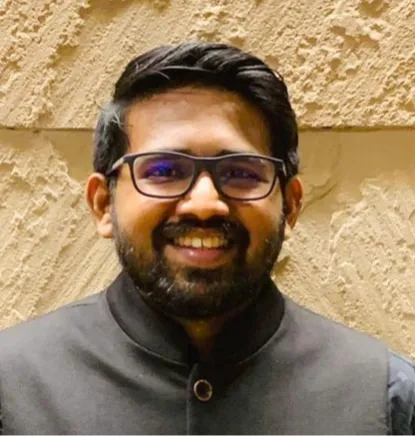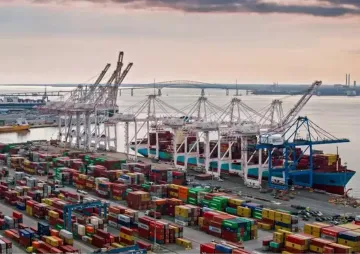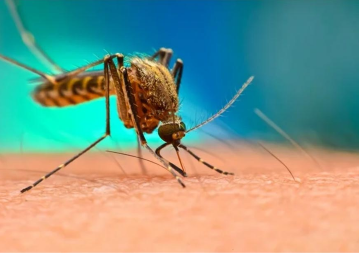As 2022 comes to an end, the world is embracing a ‘new normal’ where old and new fault lines are being reconfigured in Eurasia and the Indo-Pacific. The Indian Ocean and South Asian regions are at the heart of this Indo-Pacific contestation, considering their geo-political and geo-economic prominence and India’s emergence as a major power. As tensions between an aggressive China and an emerging India intensify, New Delhi’s Quad partners are also making inroads in its backyard, ushering significant changes in the region.
China’s widening outreach
The contestation for South Asia and the Indian Ocean is not new. China has long tried to mark its influence in these regions and enhance its strategic ambitions, namely, to limit Indian influence, military power, and status and to sustain its energy supply and economic growth. Beijing’s outreach in South Asia increased manifold in the early 2000s with its economic boom. It began to further its strategic ends in the region through loans, financial incentives, and mega-infrastructure projects; this became more institutionalised with the launch of the Belt and Road Initiative (BRI) in 2013. Subsequently, these investments enabled Beijing to access the Indian Ocean, promote political and security ties in the region, harbour military vessels and submarines, and take certain islands and ports on lease ( including the Hambantota port of Sri Lanka).
It is only with the Galwan clashes in 2020 that the trust deficit for China has intensified, and the Indian strategic thinking is deeming Beijing as a bigger threat than that of Islamabad. While the possibility of a two-front war is still surreal, Pakistan’s strategic isolation, economic and political fallout, and border and terror challenges emanating from Afghanistan have minimised the likelihood of its aggression and the success of its strategic ambitions. On the other hand, Beijing’s larger strategic and diplomatic presence and grand ambitions have continued to set alarm bells ringing in New Delhi.
Steps by India, the rest of the Quad
After Galwan, New Delhi has re-energised diplomatic efforts in its backyard. In the Maldives, New Delhi is reciprocating President Ibrahim Solih’s ‘India First’ policy with massive economic assistance, grants, and infrastructure projects and by also cooperating on maritime security. This is in addition to the $1.4 billion assistance provided in 2018. In Nepal, Prime Minister Deuba’s government has limited the mainstreaming of K.P. Oli’s anti-India rhetoric and policies, and has attempted to improve Nepal’s overall bilateral relations with India. In crisis-hit Sri Lanka, India, this year alone, has provided economic and humanitarian assistance and investments worth $4 billion.
India’s leading efforts in South Asia and the Indian Ocean have also attracted other Quad members (Japan, Australia, and the United States). Close cooperation has ensued among these partners to collectively push against China and offer genuine alternatives to the BRI — Japan, Australia, and the U.S. have been assisting Sri Lanka throughout the crisis. Japan is also finalising its talks with Sri Lanka on debt restructuring. In the Maldives, Australia and the U.S. have committed to opening their embassies. In 2020, the U.S. signed a defence and security framework with the Maldives. Earlier this year, Nepal also ratified the U.S.’s Millennium Challenge Cooperation (Nepal Compact), much to China’s displeasure.
However, the recent success of India and its partners is unlikely to deter China from furthering its efforts and presence in the region. The stakes for such misadventures have increased for Beijing, with tensions rising against India, and the Quad partners making inroads in South Asia. Earlier this month, the Chinese surveillance vessel Yuan Wang-5 (it had docked in Sri Lanka in August), re-entered the Indian Ocean. A similar incident occurred last month when another vessel of the Yuan Wang series entered the Indian Ocean, coinciding with the test flight of Agni-series missile. Beijing also hosted its first-ever China-Indian Ocean Region Forum, in an attempt to institutionalise its presence in the region and challenge new initiatives such as the Quad and the Colombo Security Conclave.
A balancing act is likely
Beijing will continue to leverage its financial and economic might and political influence in South Asia. In fact, China has continued to make deep inroads in north and east Sri Lanka, despite not having assisted the country throughout the crisis. But, most importantly, South Asian countries would also hesitate to completely move away from China as they hope to exercise their agency by balancing with China and India — essentially making this competition a ‘new normal’. And this trend will only increase as the rest of the Quad players continue to make inroads in the region.
Such a balancing outcome is very likely with most South Asian countries now facing economic and political turmoil. The COVID-19 pandemic and Russia’s invasion of Ukraine have continued to haunt the region. Nepal, the Maldives and Bhutan are struggling with depleting forex reserves. Bangladesh has reached a bailout agreement worth $4.5 billion with the International Monetary Fund. Sri Lanka is yet to chart its way out of the economic crisis and is trying to appease China to restructure its debts. Energy shortages, inflation, and decrease in economic activities and growth are also disrupting day-to-day activities in these countries. As 2023 marks an election year for a large part of South Asia, these economic grievances combined with domestic political opportunism will likely fuel more instability in the region. Ongoing protests in Bangladesh are a mere indication of such upcoming challenges. New Delhi and its partners which have only started to make recent gains against China, will soon be confronted with more challenges.
This commentary originally appeared in The Hindu.
The views expressed above belong to the author(s). ORF research and analyses now available on Telegram! Click here to access our curated content — blogs, longforms and interviews.




 PREV
PREV



